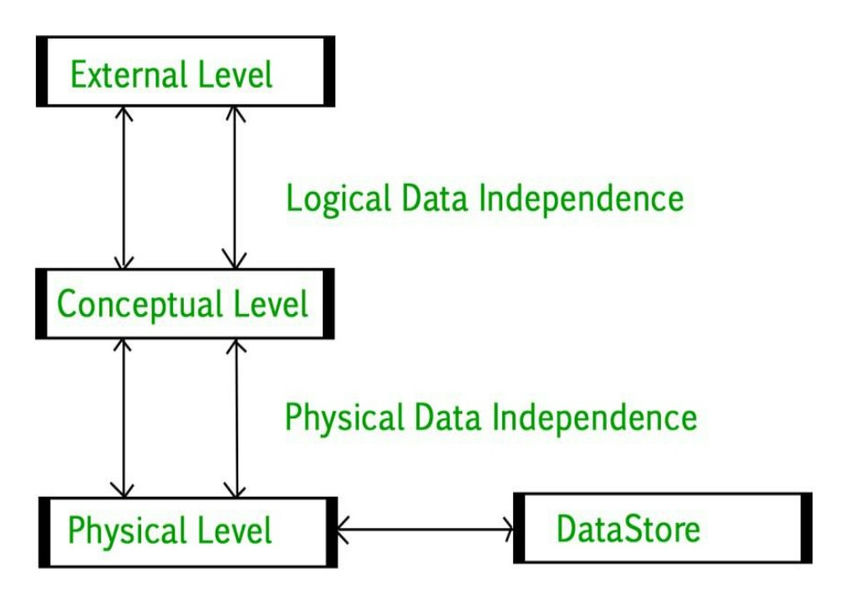This succinct article will help you understand the fundamentals of three-tier architecture in database management systems (DBMS). Discover the layers: data management, application, and display. Each has a specific function in coordinating smooth data exchanges. Discover the benefits, tenets, and real-world applications of this architectural approach, which will enable you to create and implement dependable and expandable database solutions.

Outside Layer
In a database management system's three-tier architecture, the external level, sometimes referred to as the user interface layer, is the highest tier (DBMS). By presenting data in an approachable and comprehensible style, it acts as the entry point for end users to engage with the system. Forms, reports, dashboards, and graphical user interfaces that are customized for particular user roles and preferences are all included in this layer. Users may rapidly access, retrieve, update, and edit data thanks to the external level's streamlined and intuitive interface, which abstracts the intricacies of the underlying database structure.
Conceptual Depth
In the three-tier design of a database management system (DBMS), the conceptual level is the intermediary layer, situated between the external and physical levels. It abstracts the underlying physical storage information from the end users and applications that interact with the system, representing the logical perspective of the database. At this stage, implementation details are not as important as specifying the general structure, organization, and relationships of the data within the database. Entity-relationship diagrams (ERDs) and other conceptual data models, which depict the entities, characteristics, and relationships in the database schema, are commonly used to represent the conceptual level. Because of its capacity to support data independence, this abstraction improves flexibility and maintainability by enabling modifications to the database structure without impacting the external applications.
Physical Level
At the basis of a database management system's (DBMS) three-tier design, the physical level is in charge of overseeing the real data storage and retrieval on the physical storage devices. This tier communicates directly with the disks, RAM, and storage devices that make up the hardware (Data Store). Data is arranged and stored physically using techniques like indexing, segmentation, and storage optimization that are designed for effective access and retrieval. To maintain data integrity, security, and performance, this tier also includes features like disk management techniques, data compression, and encryption. By converting logical data structures into physical storage, the physical level works directly with low-level storage methods, in contrast to the conceptual and external levels, which abstract away from specifics of physical implementation.
These layers communicate with one another in an organized manner, with each layer carrying out particular duties and transferring information or requests to the subsequent layer as needed. Database systems can be designed and managed with modularity, scalability, and maintainability because to this division of responsibilities.
In summary
The conceptual layer establishes logical data structures, the physical layer oversees actual data storage, and the external layer offers user-friendly interfaces in a three-tier architecture. By working together, they produce a coherent framework for effective data processing and administration that improves database systems' scalability, maintainability, and security.
HostForLIFEASP.NET SQL Server 2022 Hosting
